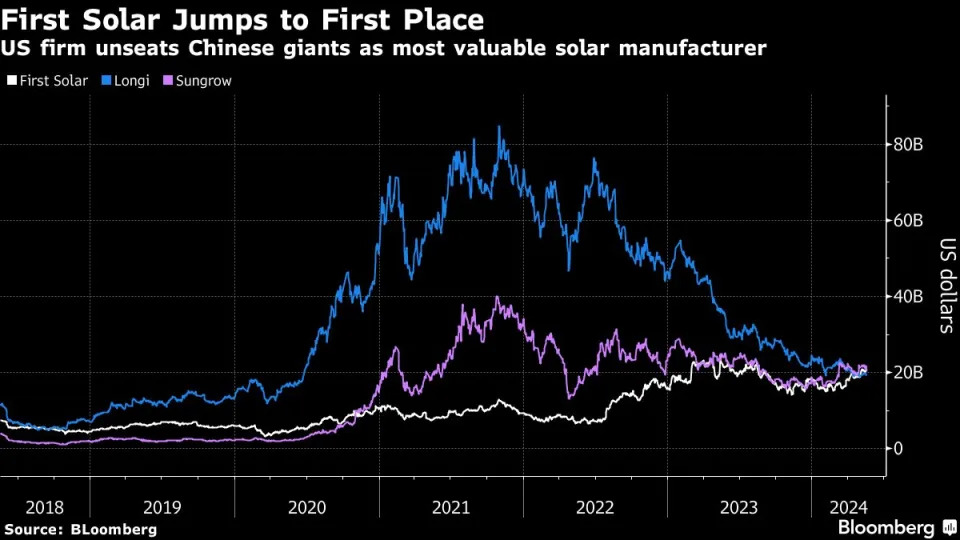Iran and North Korea have a long history of working together to advance their respective military arsenals.
Now, increased trade efforts between the two heavily sanctioned countries have raised concerns that they could share advanced missile and nuclear technology.
Coming at a time when Tehran and Pyongyang are playing a central role in heightened global tensions, the prospect of one pariah state in possession of nuclear weapons and intercontinental missiles, North Korea, aiding another accused of seeking those capabilities, Iran, has heightened fears in Western capitals.
The visit of a North Korean delegation to Tehran last month only served to increase suspicions.
Washington and Brussels both expressed concerns about any sanctions-violating cooperation, prompting Tehran to insist that the visit by North Korea’s external economic relations minister was aimed only at improving economic ties and assertions that it is seeking to expand cooperation on missile technology were "untrue."
But allegations that North Korean military technology has shown up in the hands of Iranian proxies in the Middle East and aided Iran's missile and drone attack against Israel last month have fueled concerns.
Experts say that the two sides are aligned in an anti-Western stance and most recently in supporting the Palestinian cause. And each has plenty to offer the other in terms of military expertise and experience.
"North Korea's nuclear program is obviously something that the Iranians seek to emulate," said Benjamin Young, a North Korea expert at Virginia Commonwealth University. "North Korea's ability to develop nuclear weapons at a rapid scale is admirable to the Islamic republic."
Pyongyang also has a long-range delivery vehicle in its Hwason-15 intercontinental ballistic missile, which is capable of carrying a heavy payload and of reaching the mainland United States.
"North Korea has made strides with very long-range-capable missiles, and that's something that Iran could be interested in," said Kenneth Katzman, a senior adviser for the New York-based Soufan Group intelligence consultancy and an expert on geopolitics in the Middle East.
Tehran has long insisted that its controversial nuclear program is only for peaceful purposes. But amid increased tensions with Israel, Iran has stressed, as recently as May 12, that it may have no choice but to change its nuclear doctrine.
As for what Tehran could offer North Korea, missile and drone attacks launched by Iran and its regional proxies have provided valuable experience.
Katzman noted that "Iranian missiles didn't do too well against Israel" in the April 19 strike, with most of the some 150 cruise and ballistic missiles having failed or been shot down. But he says the attack and others by Iran and its proxies in the region have given Tehran firsthand knowledge of how Western air-defense systems work.
This could be valuable to North Korea, he said, because its missiles "would be facing similar technology if launched against Japan, South Korea, the United States," the East Asian country's main adversaries.
Young says Iran's ability to mass produce Shahed-136 suicide drones, which were launched unsuccessfully by Iran against Israel but have been used extensively by Russia in its war against Ukraine, is also "likely attractive to Pyongyang."
North Korea has cultivated a military partnership with Tehran for decades, including the provision of conventional weapons to the Islamic republic during the Iran-Iraq War in the 1980s and help in the 1990s in developing Iranian ballistic missiles.
Successors to those missiles were used in Iran's attack against Israel, and South Korean intelligence is reportedly investigating whether North Korean components were used in the attack. South Korean intelligence has also said that North Korean weapons have been used against Israel by Hamas -- the U.S.- and EU-designated terrorist organization that sparked the war in Gaza with its deadly assault on Israel on October 7.
It is unclear when such weapons transfers may have been made, but Katzman said that since Israel launched its retaliatory and controversial invasion of Gaza with the aim of eliminating the Iran-backed Hamas, North Korea has "reiterated Iranian positions on Gaza as a means of standing with Iran."
Young says that Pyongyang's relationships with Iranian proxies are nothing new, noting that North Korea boasts some of the best tunnel-building experts in the world and "most likely" helped Lebanese Hizballah build its own tunnel network in the Middle East.
He says there is no indication of strengthened ties between North Korea and Hamas or Hizballah since the deadly assault on Israel, but that whenever a major military crisis occurs, "North Korean-made arms regularly pop up." This, he says, is in part because "North Korea seeks to exploit these conflicts for their own financial gains and actively tries to find purchasers of their weapons."
The North Korean delegation's visit to Tehran, coming just a month after a similar visit to Moscow, raised concerns that Pyongyang could be entering a broader partnership involving Iran and Russia. That prospect has gained attention with North Korea's reported provision of munitions to aid Russia's war effort in Ukraine.
As to why Iran might seek cooperation with Pyongyang instead of other allies such as Russia or China -- fellow members of the burgeoning bloc of the sanctioned -- Katzman said that "North Korea would be probably the most willing."
"There is that history of relationships on missiles, and North Korea certainly doesn't really care about being subjected to any more sanctions," Katzman said. "So, North Korea would not be hesitant to share that technology."
By RFE/RL




